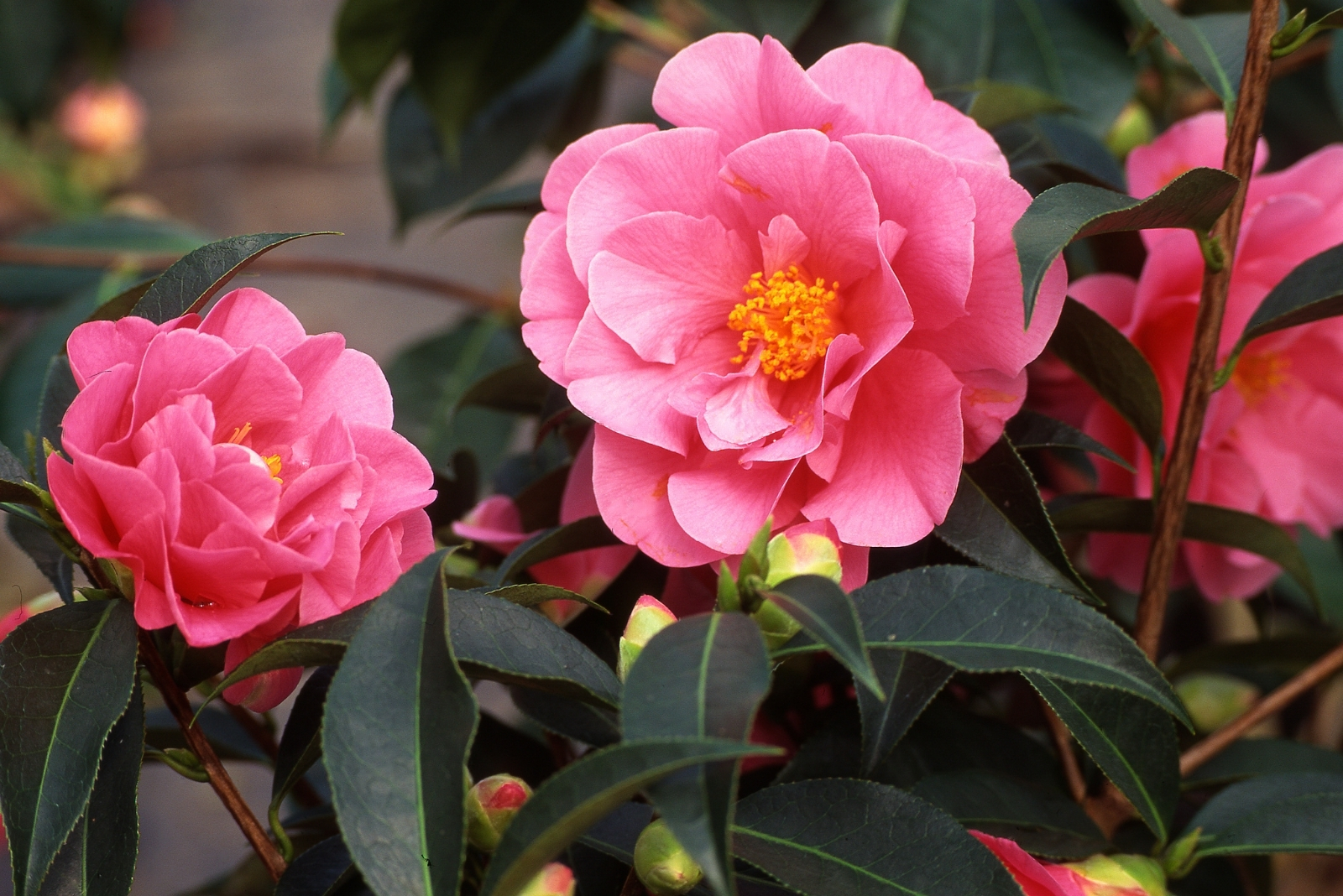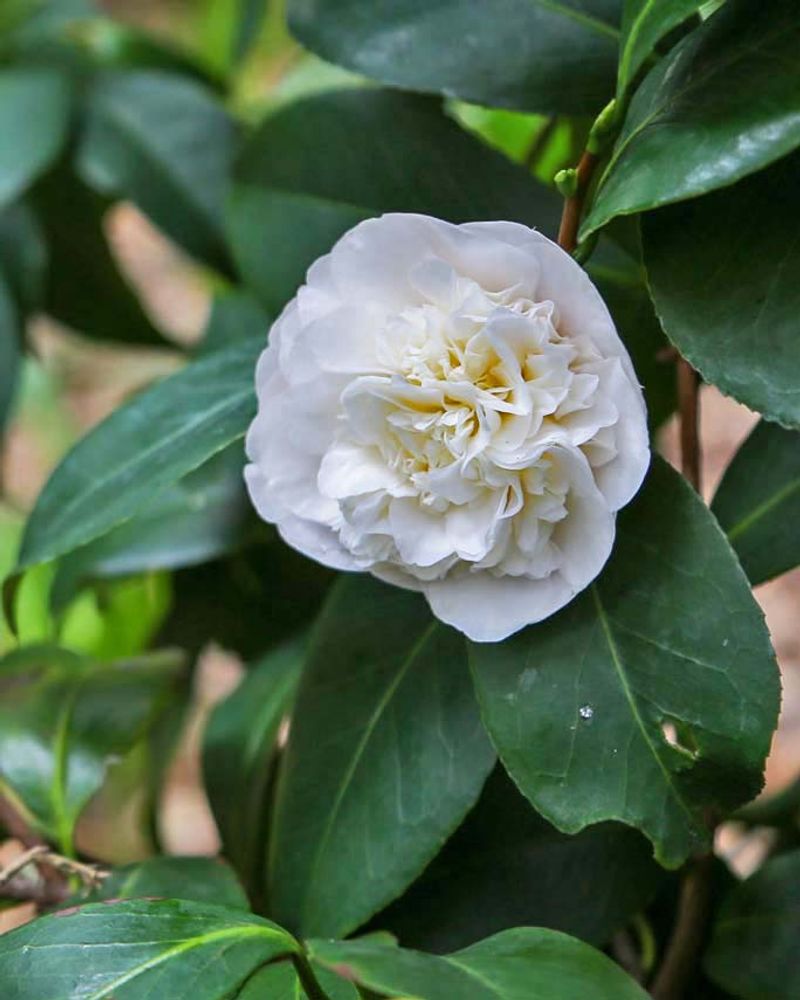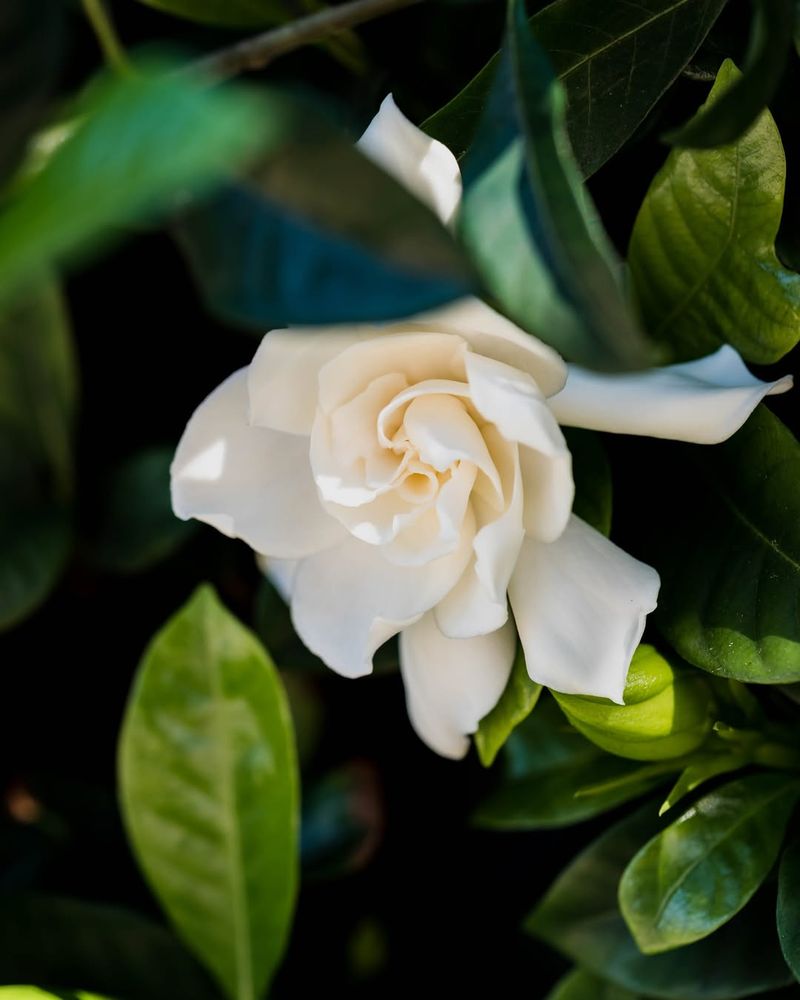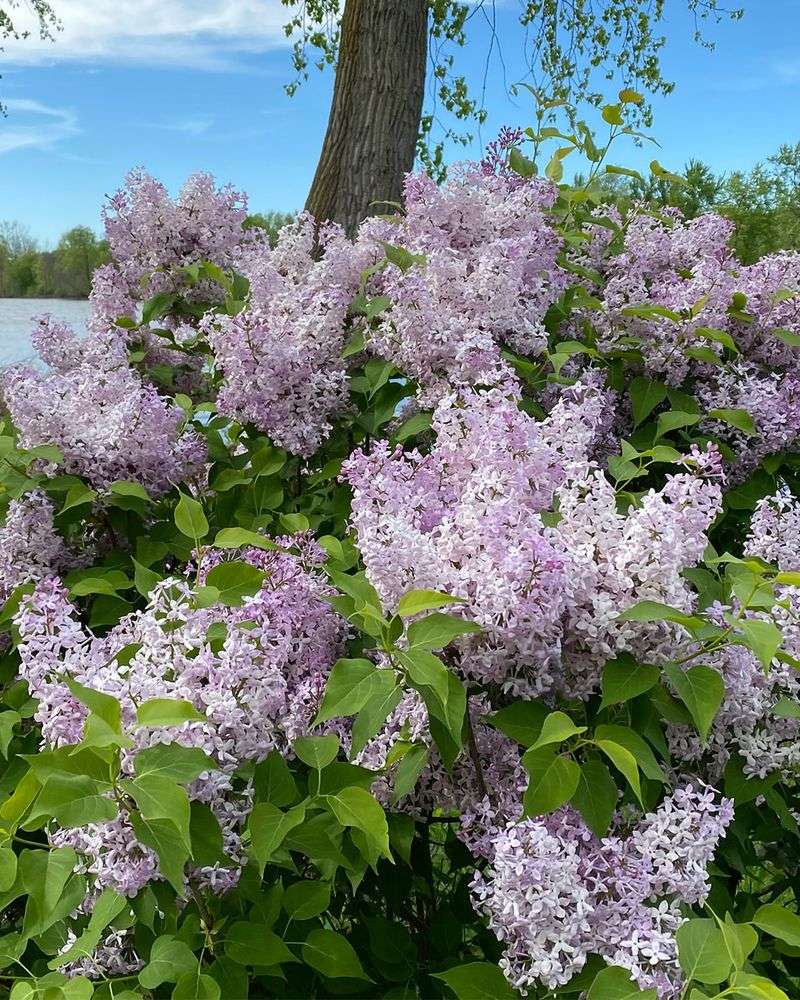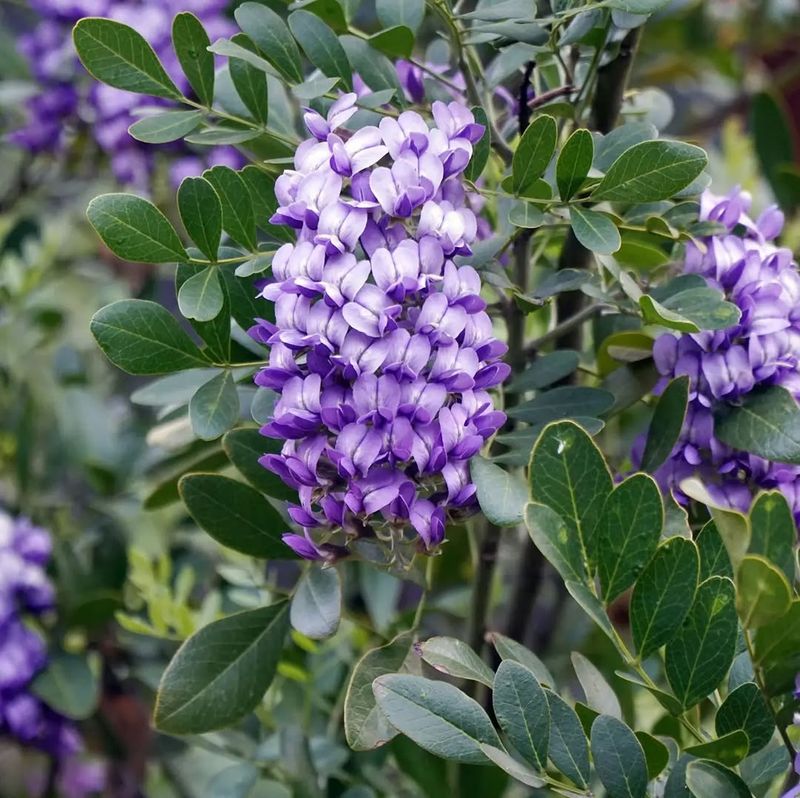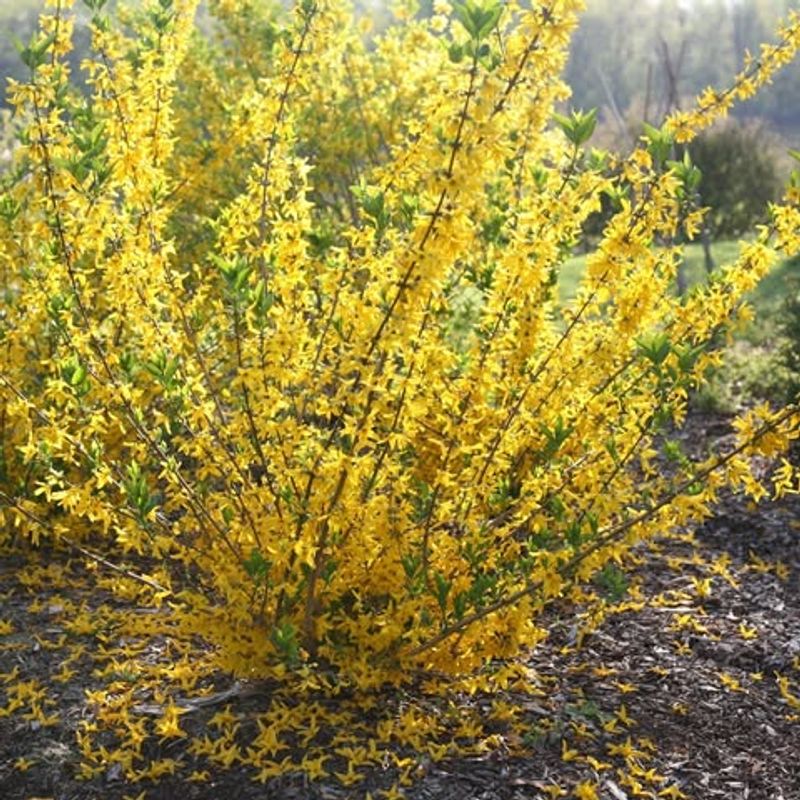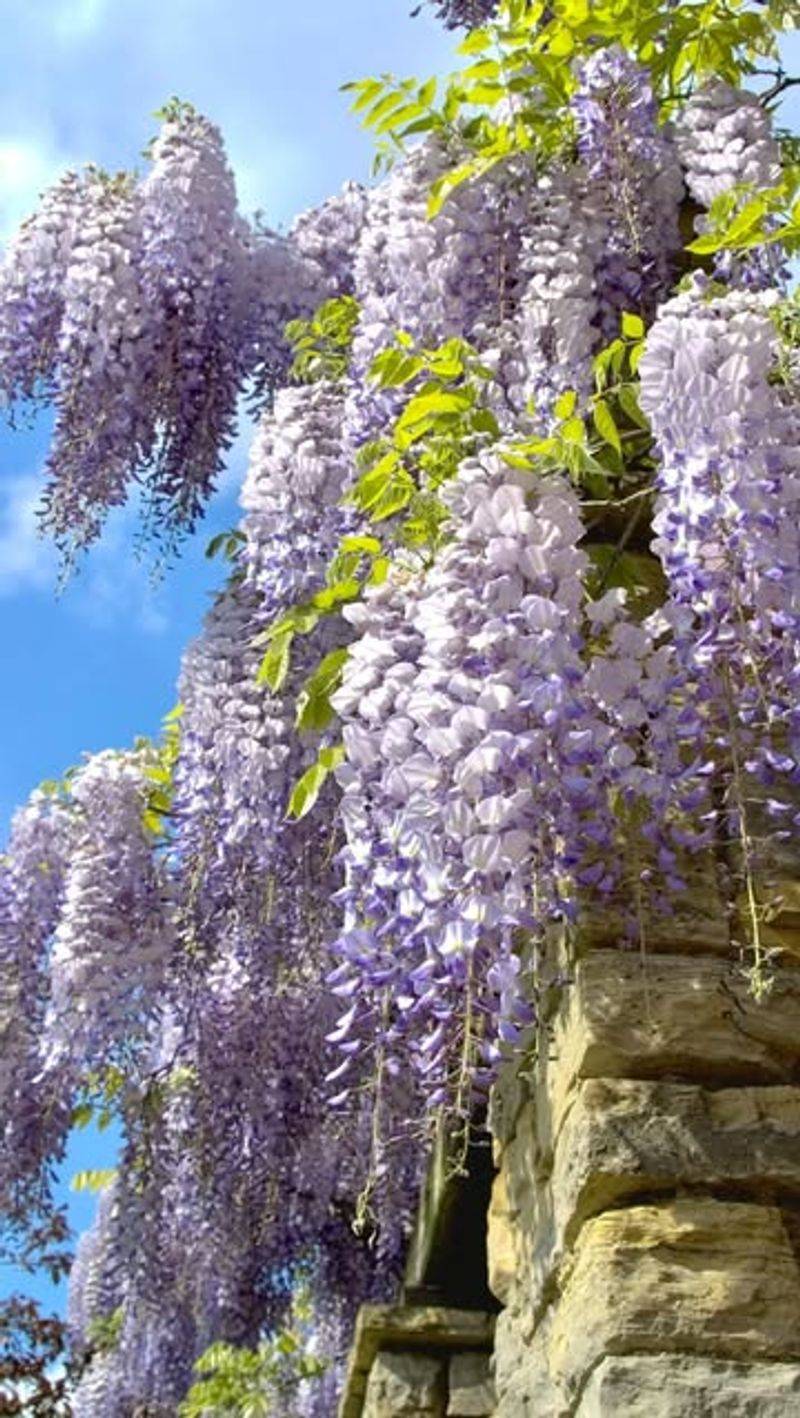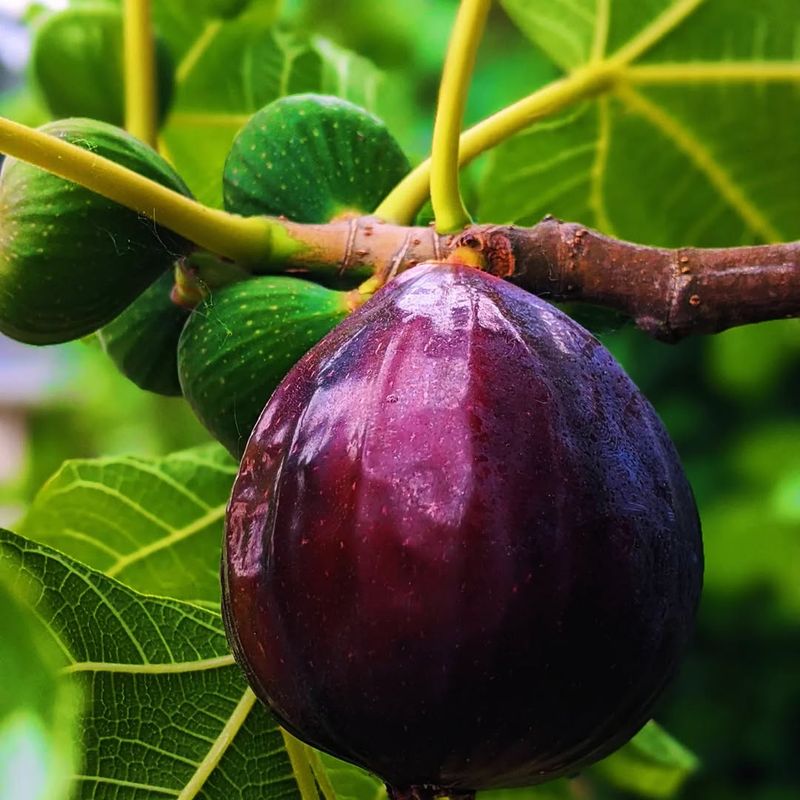Texas gardeners know that timing is everything, especially with pruning. Cutting back the wrong plants in October can cost you next season’s growth and blooms.
The trick is knowing which ones prefer to stay untouched for now. Here are thirteen plants Texas gardeners wisely avoid pruning this month.
1. Azaleas
Azaleas set their flower buds in late summer and fall, making October the worst time for pruning in Texas. Cutting them back now means sacrificing next spring’s spectacular floral display.
Wait until right after they finish blooming in spring to shape these beauties. That timing gives them plenty of months to develop new buds for the following year.
Texas gardeners treasure azaleas for their stunning spring colors, so patience pays off. Let them rest through fall and winter undisturbed for maximum blooms.
2. Camellias
Winter-blooming camellias are busy preparing their spectacular flowers throughout October across Texas gardens. Pruning now removes those precious buds that will brighten the coldest months ahead.
These elegant shrubs bloom from late fall through early spring, providing color when most plants rest. Trimming them in October disrupts this natural cycle completely.
If your camellia needs shaping, wait until late spring after flowering finishes. Texas gardeners who resist the October pruning urge enjoy breathtaking winter blooms as their reward.
3. Loropetalum
Did you know loropetalum can bloom multiple times throughout the year in Texas? October pruning interrupts their blooming schedule and stresses the plant unnecessarily during their active growth period.
These evergreen shrubs with burgundy or green foliage provide year-round interest. They’re naturally well-shaped, rarely requiring heavy pruning anyway.
Light maintenance can happen after spring blooms fade, but October should be hands-off time. Texas gardeners appreciate loropetalum’s low-maintenance beauty, so let nature handle the shaping this month.
4. Roses
Roses in Texas often continue blooming well into October and even November thanks to mild autumn weather. Pruning now removes those late-season flowers and encourages tender new growth that winter could damage.
Major pruning stimulates plants to push out fresh shoots. In Texas, these vulnerable shoots might not harden off before occasional freezes arrive.
Save heavy rose pruning for late January or February when they’re fully dormant. October is for enjoying the last blooms, not cutting them away.
5. Gardenias
With a fragrance that stops gardeners in their tracks, gardenias deserve gentle treatment in October across Texas. They’re preparing for dormancy, and pruning disrupts this essential transition period.
Fall pruning can trigger unwanted new growth that won’t survive winter temperatures. Even in mild Texas winters, this tender growth becomes a liability rather than an asset.
Wait until after the last spring bloom fades to trim gardenias. Texas gardeners who follow this rule enjoy fuller, healthier plants with abundant fragrant flowers each year.
6. Hydrangeas
Hydrangeas come in several varieties, and most set their flower buds during fall in Texas. Cutting them back in October removes next year’s potential blooms before they even have a chance to develop.
Bigleaf and oakleaf hydrangeas are particularly sensitive to fall pruning. Only panicle and smooth hydrangeas tolerate it, but even they benefit from spring trimming instead.
Leave those dried flower heads alone through winter—they add architectural interest. Texas gardeners can prune selectively in spring once bloom type is confirmed.
7. Lilacs
Lilacs may struggle in Texas heat, but those that thrive deserve proper care timing. They develop next season’s flower buds shortly after this year’s blooms fade, making October pruning a disaster for spring flowers.
Any trimming should happen immediately after spring flowering finishes. That narrow window allows maximum time for new bud development throughout summer and fall.
October cutting removes all that careful preparation. Texas gardeners with successful lilacs know patience protects those precious, fragrant spring blooms everyone loves.
8. Mountain Laurel
Texas mountain laurel is a native treasure with intoxicating grape-scented blooms appearing in early spring. October is when these tough evergreens are setting buds for that magnificent floral show ahead.
Native to Texas, these plants know the climate well and follow their own schedule. Pruning disrupts their natural rhythm and reduces flowering significantly.
If shaping is needed, tackle it right after flowering ends in late spring. October should be appreciation time, watching these beauties prepare their fragrant surprise for next year.
9. Clematis
Clematis vines are classified by blooming time, and pruning requirements vary dramatically between groups. October is risky for most types in Texas since you might remove spring-blooming wood or disrupt fall preparations.
Spring-blooming clematis varieties set buds now for next year’s show. Even summer bloomers benefit from being left alone to harden off before winter arrives.
Research your specific clematis type before touching the shears. Texas gardeners enjoy best results by pruning according to variety-specific timing, never in October.
10. Forsythia
Forsythia’s brilliant yellow blooms announce spring’s arrival, but those flowers form on old wood during fall. October pruning in Texas eliminates the branches that would burst into golden color come March.
Right after flowering finishes is the only correct time to prune forsythia. That gives the shrub maximum time to grow new wood that matures and sets buds.
Resist tidying up forsythia in October, even if it looks unruly. Texas gardeners who wait enjoy explosive yellow displays that make spring truly special.
11. Wisteria
Wisteria vines create breathtaking cascades of fragrant blooms in spring, but only if you respect their pruning schedule. October is when these vigorous climbers are preparing for dormancy across Texas gardens.
Major structural pruning should happen in late winter when plants are fully dormant. Summer trimming controls excessive growth, but fall is strictly off-limits for cutting.
October pruning can stimulate unwanted growth and reduce flowering dramatically. Texas gardeners seeking those iconic purple waterfalls leave wisteria alone this month completely.
12. Spireas
Spring-blooming spireas develop their flower buds throughout fall in Texas, making October a terrible time for pruning. Cutting them now trades next spring’s frothy pink or white blooms for bare branches.
Summer-blooming varieties tolerate fall pruning better, but even they benefit from spring maintenance instead. Identifying your spirea type prevents disappointing results.
Wait until flowering finishes to shape these reliable shrubs. Texas gardeners appreciate spireas for their easy care and abundant blooms, so proper timing ensures continued success year after year.
13. Fruit Trees
Peaches, plums, and other fruit trees popular in Texas should never face pruning shears in October. Fall cutting stimulates tender new growth that winter weather will damage or kill outright.
Pruning wounds also heal slowly in fall, leaving trees vulnerable to disease and pest problems. Dormant season pruning in January or February is far safer and more effective.
October is harvest and preparation time, not cutting time. Texas fruit growers know that patient pruning timing results in healthier trees and better harvests for years ahead.

